 | A DEVICE FOR TESTING SINGLE
AND DOUBLE OSCILLATIONS |
|
 | This is a finished product, or a toy,
a creative toy. |
|
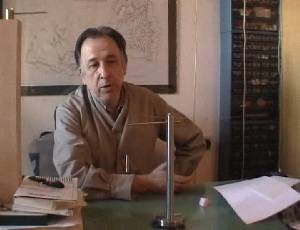 | It can also be used for educational
purposes. |
|
 | The device is planned for production
and it can be ordered in various sizes. |
|
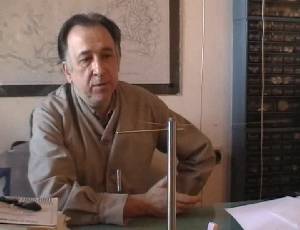 | Smaller for individual use, and larger
for schools, universities, institutes etc. |
|
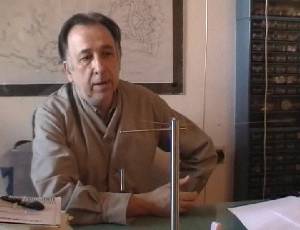 | It can be used to witness certain
unusual phenomena, |
|
 | which differ from present energy
transfer that uses transmission. |
|
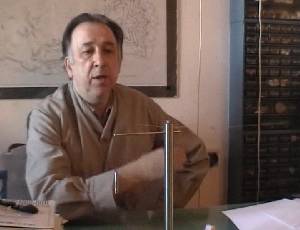 | On one side, there is an adjustable
console, |
|
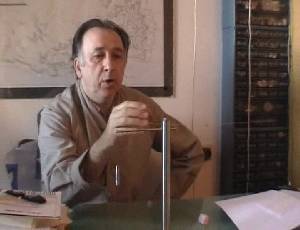 | and on the other the oscillating
physical pendulum. |
|
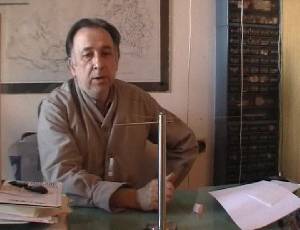 | | Because of the minor resistance, |
|
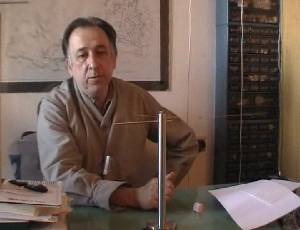 | some hundred oscillations are needed
for the pendulum to stop again. |
|
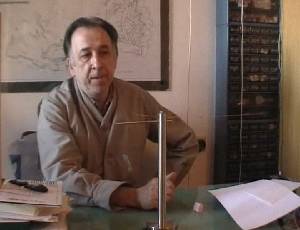 | On the other side, we have the option
of adjusting the elastic wire, |
|
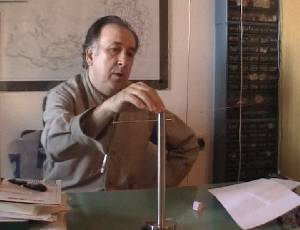 | which also takes some hundred
oscillations to stop. |
|
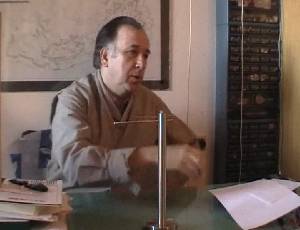 | To see it better it is possible to put
a light object |
|
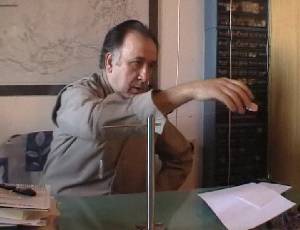 | on a wire in order to see the length
of oscillations. |
|
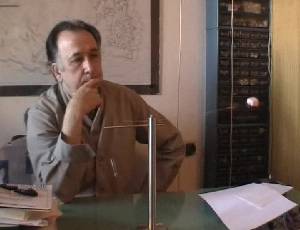 | We can burden the pendulum by placing
a piece of paper on it |
|
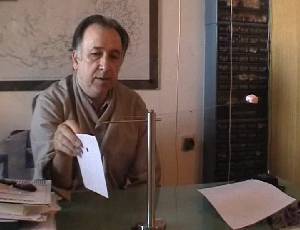 | which crates certain drag.
We'll see what happens next. |
|
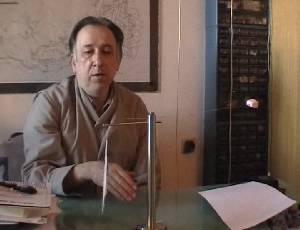 | In a very short time, just a couple of
seconds |
|
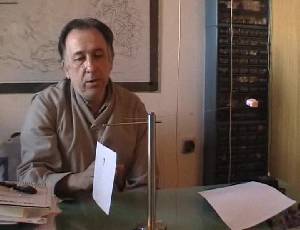 | drag causes drastic amortization of
oscillations. |
|
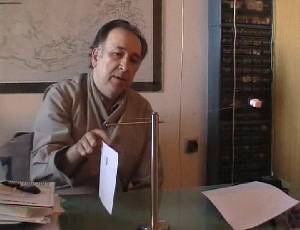 | Let's try a similar experiment with the
elastic wire, |
|
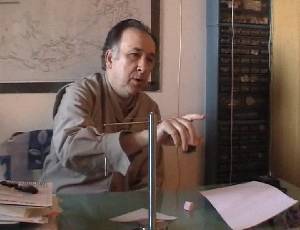 | which has minor amortization during
free movement. |
|
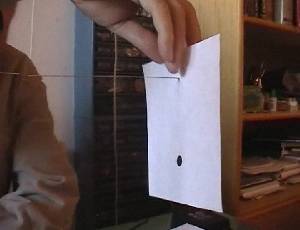 | There will be a minor amortization,
if the drag is minor. |
|
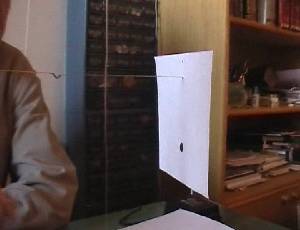 | | Then, oscillations will be long again. |
|
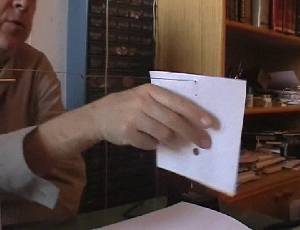 | | If we place a piece of paper horizontally, |
|
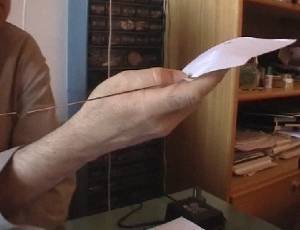 | we will see the difference in the length
of oscillations. |
|
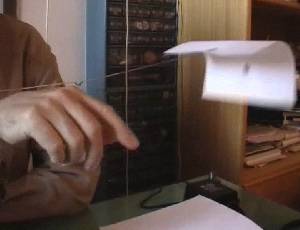 | | Let's see that. OK. |
|
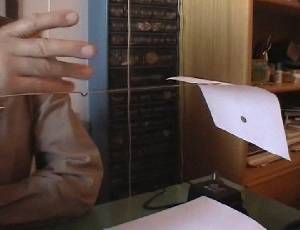 | Now, with a major drag, drastic
amortization occurs sooner. |
|
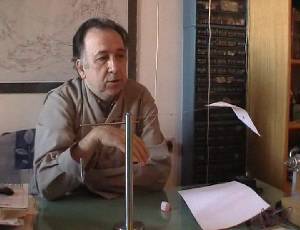 | Therefore, we see slowing down because of
the drag, instead of hundred oscillations. |
|
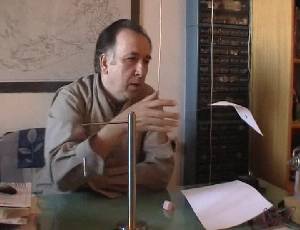 | | All of this complies with laws of physics. |
|
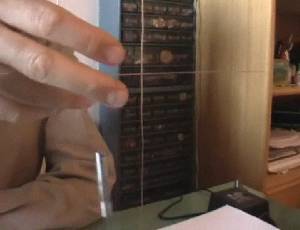 | However, let's see what happens with
double oscillations. |
|
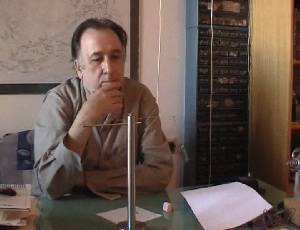 | The pendulum causes the wire to
oscillate. |
|
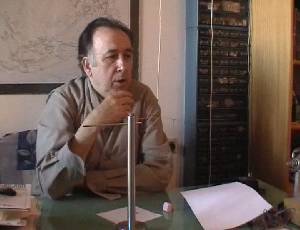 | However, if the wire starts to
oscillate first, |
|
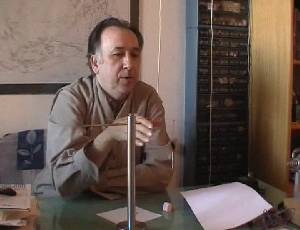 | the pendulum will not oscillate in its
usual way. |
|
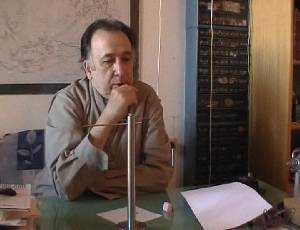 | Then, there is another unusual occurrence.
If we move the pendulum, |
|
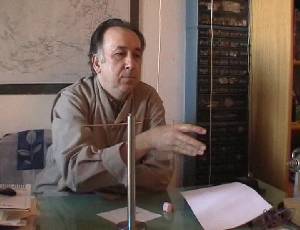 | and stop the wire from moving,
the pendulum continues with oscillations, |
|
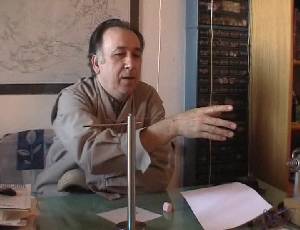 | whether we stop the double oscillator
or not. |
|
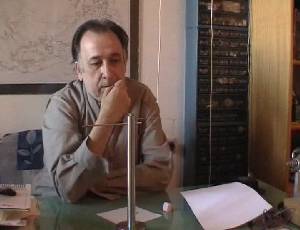 | This is an unusual occurrence, which does
not happen with transmission of energy |
|
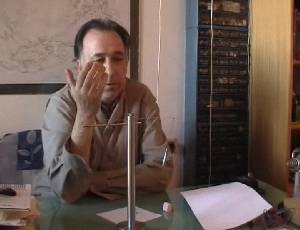 | | using cogwheels, chains or belts. |
|
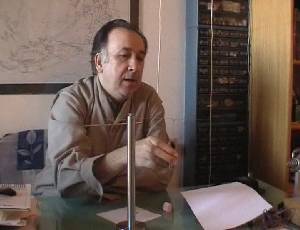 | Now, since we have...we have to
reiterate. |
|
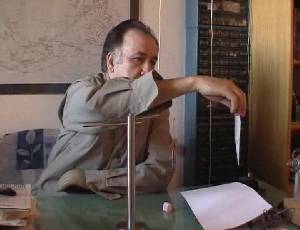 | Major drag creates larger amortization,
i.e. everything stops in few seconds. |
|
 | Mechanical work takes over the energy
created by the elastic wire. |
|
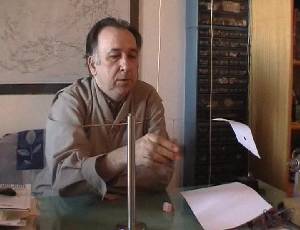 | The same should happen if the pendulum
is out of balance. |
|
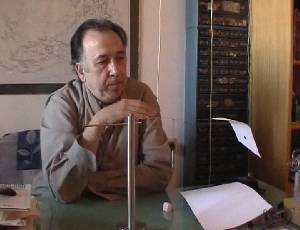 | Mechanical work, i.e. drag, should stop
the pendulum. |
|
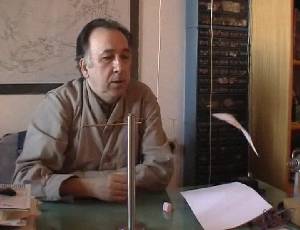 | But, that is not what happens.
Amortization is minor. |
|
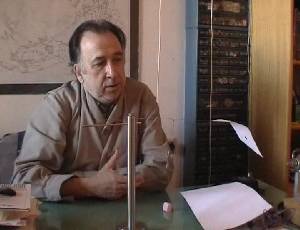 | Energy is reduced with every cycle,
which would not be the case, |
|
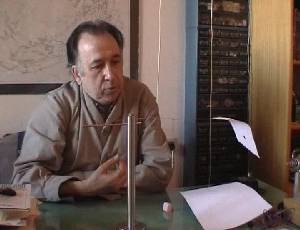 | if the pendulum or the elastic wire were
directly burdened. |
|
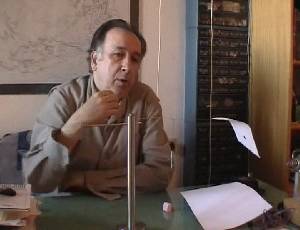 | We can use adjustments and see this
in various cases. |
|
 | | In this, for example. |
|
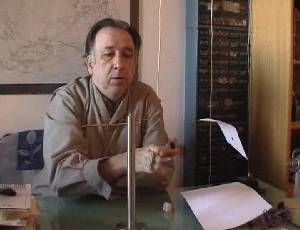 | The oscillation of a burdened pendulum
does not have major amortization, |
|
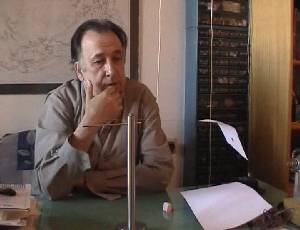 | which is very important, since it can be
used for a more efficient mechanism, |
|
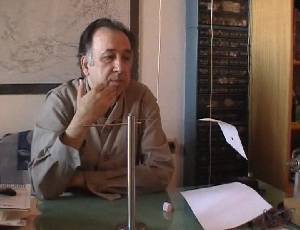 | | which does not follow current postulates. |
|
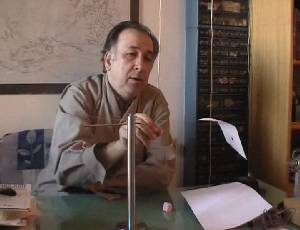 | We can repeat it. The pendulum
can be easily removed. |
|
 | | We will see that drastic amortization |
|
 | or decrease of energy occurs because
of the drag. |
|
 | | However, in this case, it does not happen. |
|






















































